I have always been a big fan of the wines of Aldo Conterno: and no, I don’t mean just their world-famous, state-of-the-art Barolos. I think it is fair to say that at Aldo Conterno not just Barolo, but many other gems await.
A famous wine estate
The Conterno family has been producing quality wines for generations, starting in the eighteenth century in Monforte, where Aldo’s grandfather, Giovanni Conterno, established his own winery in 1908, then managed by his son Giacomo. In 1961, Giacomo’s two sons, Giovanni and Aldo, inherited the family winery. In 1969, the two brothers split up and Aldo left the winery to start his own business in Bussia Soprana, where he founded the winery Poderi Aldo Conterno that the same year. He proceeded to plant his own vineyard which was already a sign of his vision and insight because at that time, most of the winemaking was still done with purchased grapes. Aldo’s success, in addition to owning several outstanding vineyards, was also the result of his innovative thinking and his experience accumulated in Napa Valley, which led him to try and fuse together the old traditions of Barolo with amore international, modern approach to wine and winemaking.
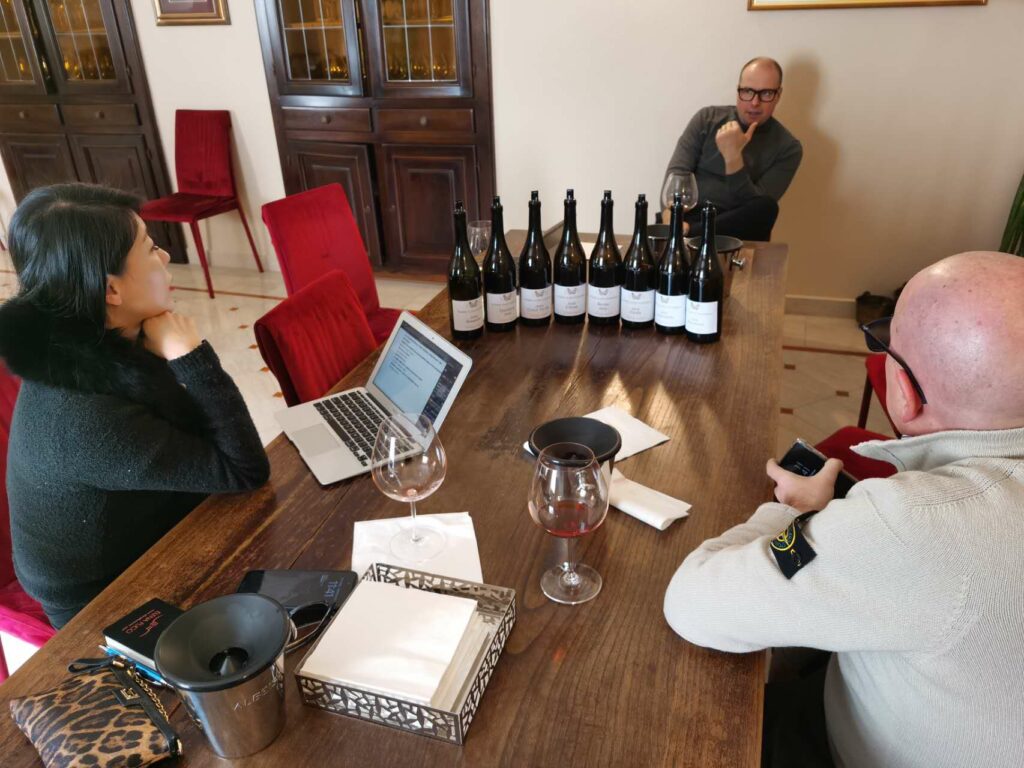
Aldo Conterno passed away in 2012 at the age of 81; today the winery is run by Aldo’s three sons, Stefano, Franco and Giacomo. They have brought their own innovations and way of thinking to the winery. For example, since 1995, the winery has stopped using chemicals to combat pests and diseases in an effort to make healthier wines and to better express the terroir. Most important, and something that is probably not talked about enough, is that in an ongoing effort to further improve the quality of their wines, the brothers reduced their estate’s 25 hectares annual wine production to 80,000 bottles per year only (compared to the 200,000 bottles a year produced in 1998, for example). A commendable decision any way you slice it, because that is really quite a drop in production and income, a course of action not everyone would be willing to undertake.
And so it is that last spring I was both happy and honoured to finally visit one of my wine heroes, the Aldo Conterno estate in Monforte d’Alba. During this visit, we had a close contact with Giacomo (don’t confuse him with the Giacomo Conterno who founded the estate of the same name, also located in Monforte and now run by Roberto Conterno), a soft-spoken man whose insight into the market and his understanding of wine are both deep and invaluable. Besides the fact that listening to Giacomo is a real pleasure, it is not difficult to foresee that under the leadership of such a capable owner, and of his two brothers Franco and Stefano, the Aldo Conterno winery will go on from success to success.
Aldo Conterno makes some of Italy’s greatest Barolos, wines that rank among the world’s best. Clearly, the estate’s fame rests on its premium, world-class Barolos made from the super-famous Bussia cru in the commune of Monforte d’Alba of the Barolo denomination. Without doubt, wines such as the Barolo Riserva Granbussia, and the Barolos from the Bussia Colonnello, Cicala and Romirasco vineyards are sought after by collectors all over the world, by sommeliers for their restaurant wine lists and wine lovers everywhere.
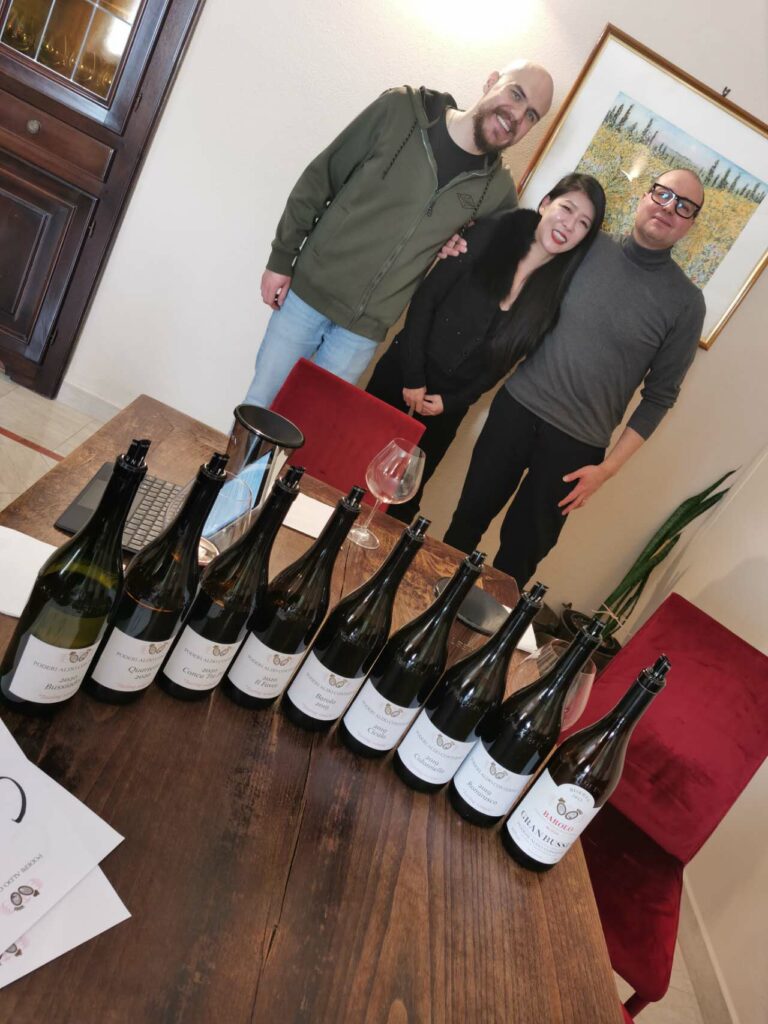
But the Aldo Conterno winery makes many other delicious wines that are also generally amongst the best in their respective categories. And so it is that in this report, I wished to concentrate on these “other” wines, all excellent but fatefully a bit left in the background given how famous and important the winery’s Barolos are. However, they really are wines that deserve to be even better-known than they are.
The wines in this report
For example, Aldo Conterno makes one of Italy’s better Chardonnay wines. Frankly, Chardonnay is a grape variety that Italy does not excel with: most Italian Chardonnay wines are just too oaky and/or dilute, and generally uninteresting. Clearly, people everywhere still plant it because Chardonnay is popular and sells, but the sad reality is that wine lovers everywhere really have no reason to buy such Italian wines when they can get so many better Chardonnay wines from the likes of Burgundy, Australia, Niagara in Canada and Sonoma in California. This is not the case with the Aldo Conterno Chardonnay Bussiador, which is delicious. Aldo Conterno first made the Bussiador in 1982, but they sold it off as bulk wine until 1990 while studying the terroir’s and wine’s potential. That means that the first bottle of Bussiador to ever go on sale was the 1991. The Chardonnay vines are planted on the eastern slope of the Romirasco hill and on the northwestern side of the Bussia Soprana area. Can you believe that there would be anything else but Nebbiolo planted in as famous a site as Romirasco? But so it is. Over the years, while the estate has always carried out a full malolactic, the winemaking has changed partly: at first, there was a lot more batonnage being done, but they found that the wine was too buttery. Preferring a more minerally style of wine, they diminished the batonnage over the years so as to achieve the style of wine they wanted. The Bussiador has always been aged in new oak, but at the estate they are very careful about using oak that is aromatically neutral so as to not interfere with the expression of the Chardonnay grape. Currently, there are about 8,000 bottles produced a year.
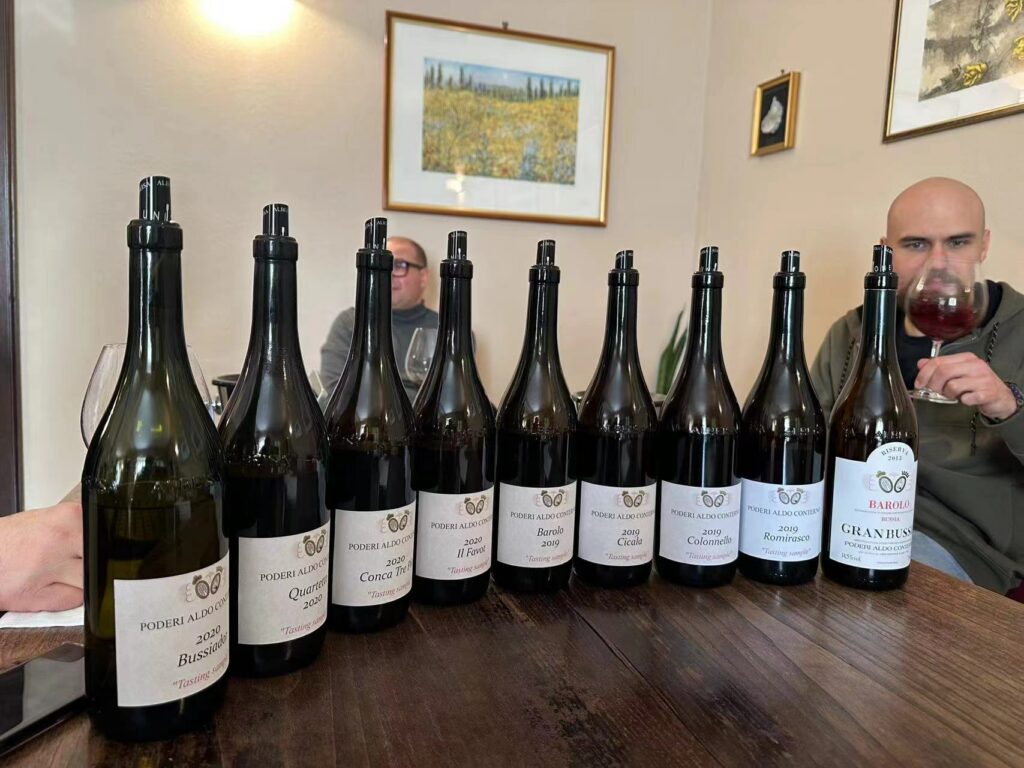
Perhaps the best known Aldo Conterno wine after their Barolos is the Barbera d’Alba Conca Tre Pile. It was first made in the 1982 vintage. Some of the Barbera vines are located on the eastern slopes of the Romirasco hill but the largest extension of vineyards is located in the area known as the “tre pile”, which is actually also within the boundaries of Bussia (therefore, the wine takes its name from the vineyard). In terms of the vinification process, the wine was initially aged partly in stainless steel vats and partly in large wooden barrels. Then, between the late 1980s and the beginning of the new millennium, 100 % of the wine was fermented and matured in new oak barrels. Nowadays, the first fermentation takes place in steel vats and the malolactic fermentation is carried out in new 228-litre oak barrels. Once again, Aldo Conterno reiterates the importance of using oak with a neutral flavour to avoid interfering with the aromas and to preserve the purity and elegance of the wine. Currently, there are about 18,000 bottles of Barbera d’Alba Conca Tre Pile are produced a year.
As the interview with Aldo Conterno progressed, I became more and more excited as we talked about the winery’s signature grape variety, Nebbiolo. Their famous Nebbiolo Favot wine is made with grapes picked from all of the parcels that are also used for Barolo production. As the Aldo Conterno family believes that vines younger than fifteen years of age do not have the potential to make complex Barolo wines, they prefer to use these young vines for Langhe Nebbiolo. The first vintage of the Nebbiolo Favot wine is the 1982. Interestingly, the name “favot” is also that of of Aldo Conterno’s villa; the family chose to use their home’s name for this specific wine to further emphasise the winery’s commitment to Nebbiolo. For the vinification process, they used 100% new wood initially. They then changed things, deciding to ferment and age the wines in stainless steel vats. Currently, there are about 15,000 bottles produced a year.
Next up in my tasting was the winery’s most complicated and strange wine: by “complicated” and “strange” I mean the blend. Quartetto is an Italian word meaning “quartet”, and as the wine’s name suggests, this wine is a blend of four grape varieties. First made in the 1997 vintage, the modern-day version of Quartetto involves Merlot, Pinot Noir, Syrah and Nebbiolo, all grown in the Bussia area. However, this was not always the wine’s blend.
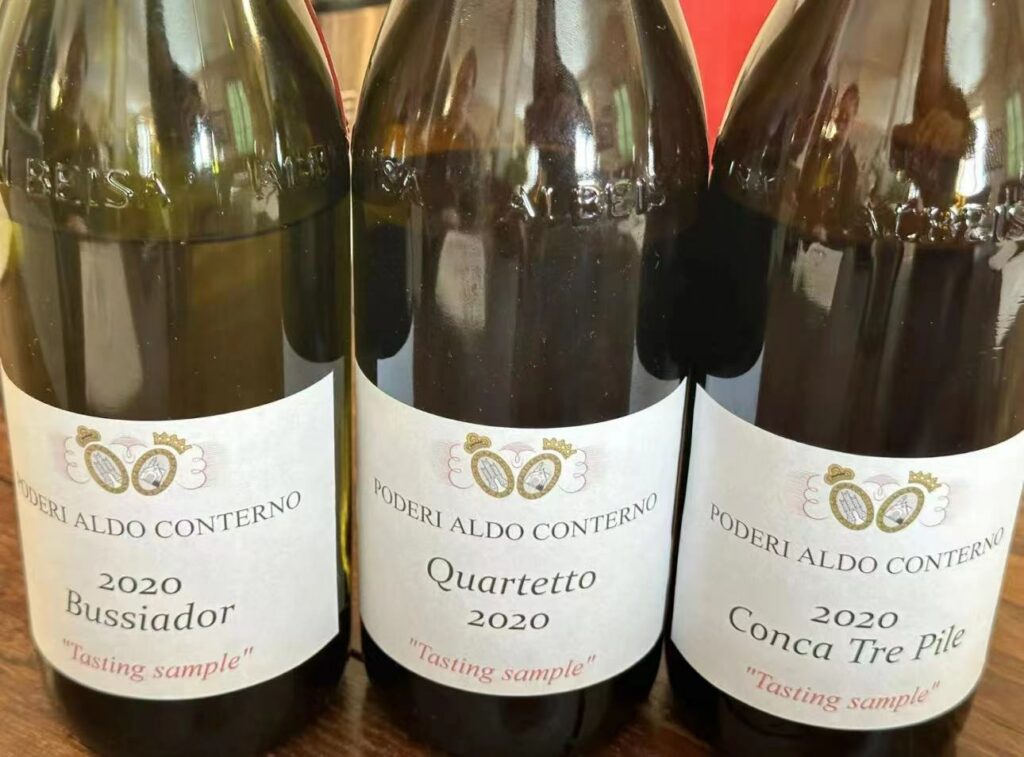
From 1997 until 2001, Quartetto was a blend of Nebbiolo, Barbera, Cabernet Sauvignon and Merlot, so a really different wine from what it is today. From 2004 to 2017 the winery stopped making this wine. To be precise, during this time the winery made a new wine called Langhe Rosso, based on an 80% Freisa, 10% Merlot and 10% Cabernet Sauvignon blend. It’s a wine I have been lucky enough to try bottles of out of Ian D’Agata’s impossibly large wine cellars (that’s right, with an “s”, for he has more than one) although I too, like him, never understood the need to include Cabernet Sauvignon in the blend given Freisa’s already fairly tough tannins; that much admitted, the wine was delicious, and I for one wish it were still being made (or for that matter, why not just a pure 100% Fresia wine, given that Aldo Conterno was historically associated with an outstanding Freisa wine, but I digress). But I guess you can’t have everything in life: and so, in 2014, Pinot Noir and Syrah were planted on the property. In 2017, Cabernet Sauvignon and Freisa were also replanted. So now, as of 2018, the new Quartetto blend is as follows: 40% Nebbiolo, 20% Pinot Noir, 20% Merlot, 20% Syrah. Beware that not just the grape blend, but the oaking regimen for Quartetto has also changed over the years. Initially, only 228 new wood litres barrels were used, but from the 2018 vintage onwards, the winery switched to once used oak barriques. Currently, there are about 6,500 bottles of Quartetto produced a year.
Last but not least, we moved on to the Barolo (as mentioned earlier, I leave the descriptions of the single vineyard Barolo Buassia wines and the Granbussia Riserva for another time).
The first appearance of the words “Bussia Soprana” on a wine label goes back fifty years.
The first vintages labelled “Bussia Soprana ” date back to the early 1970s. By contrast, “Poderi Aldo Conterno Barolo” from the 1930s, 1940s and 1950s are still available on the collectors’ market. Back then, the estate’s stock of wines was divided equally between two brothers. Giacomo Conterno retained the brand name, but Aldo Conterno kept the right to bottle all the vintages in his possession under the name “Poderi Aldo Conterno”.
Today, the Aldo Conterno classic Barolo is labeled as Barolo Bussia: all the grapes used to make it come from all the vineyards owned by the winery located in this particularly high-quality area of the Monforte territory, save for the grapes grown in the Colonnello, Cicala and Romirasco vineyards of Bussia that are used to make their own single Bussia subsection wines (therefore, the Barolo Bussia is a wine made with all the grapes that do not come from the three distinct vineyards, essentially three grand crus of Barolo).
The average age of the vines from which the grapes are sourced to make the Barolo Bussia is 45 years. The vinification process has remained the same over the years: fermentation takes place in stainless steel vats and ageing in 250 litre Slavonian oak barrels. About19,000 bottles per year are made. Just like Giacomo and the whole extended Aldo Conterno family and their other wines, this Barolo is at once absolutely charming and elegant. And well worthy of repeat visits, I may add.

 中文
中文
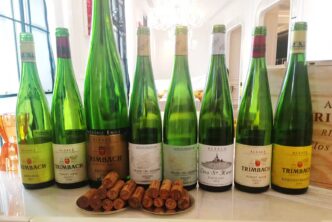
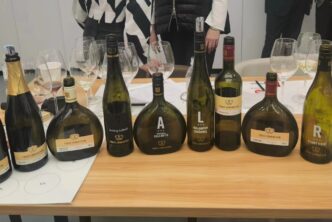
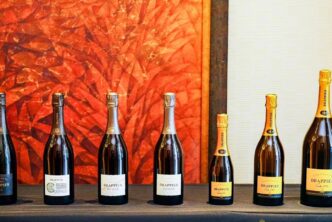
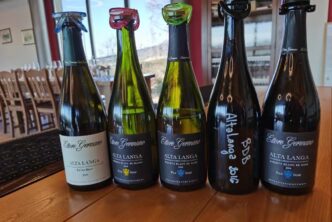
Your Aldo Conterno article on Oct. 18, 2023 does not include your notes on their 3 crus & Riserva??
Can you please send these thx!
Hi Peter, please find in another article the vertical tasting notes of Aldo Conterno Granbussia: https://terroirsense.com/en/p/7375.html